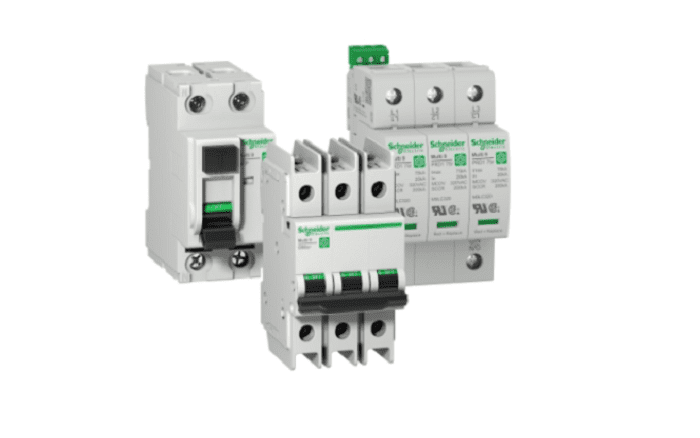In today’s world, we are surrounded by various electrical appliances, be it refrigerators, air conditioners, geysers, heaters, television, and more. But very few of us take out the time to understand the basics of these devices. Unless you are someone who has comprehensive knowledge about the mechanical or technical domain, it is very difficult to comprehend the operation premise and functioning of an electrical appliance.
Every electric device operates with the help of several components like a circuit breaker, cable wires, buttons, motors, switches, fans, and more.
A few years ago, getting an easy access to understand the workings of an electric appliance was a privilege. However, today, we live in the age of the internet and digital media; if there is anything a person wishes to know about, all they have to do is search it up on their smartphones and tap.
What are Circuit Breakers?
On the other hand, one drawback of mass information production is that there is a lot of unverified information doing the rounds. Therefore, in this article, we will give you a brief introduction to one of the most crucial components used in almost every electrical appliance – circuit breakers.
Even though we are vaguely acquainted with this term, very few people actually know why it is used so comprehensively across workplaces, industries, and even in our houses. So now, let us begin with the most basic question—what are circuit breakers, and why are they important?
In layperson terms, a circuit breaker refers to an electrical switch responsible for safeguarding your assets and surrounding from hazardous situations like short circuits, fire breakouts, and explosions.
A team of experts intelligently design circuit breaker to understand when the power supply exceeds its usual threshold. The moment it is close to crossing its standard capacity, this electrical switch instantly trips and cuts the power supply, preventing severe damage and loss.
4 Different Kinds of Circuit Breakers
1) Single-Pole Circuit Breakers
These types of circuit breakers are widely used across domesticated surroundings and workplaces. Usually installed in your house’s electrical panel, this circuit breaker is specifically designed to monitor the electric current of a single wire. It instantly trips the circuit in case of an electrical, surge, or short overload, safeguarding the appliance and all the assets surrounding it.
2) Double-Pole Circuit Breakers
As the name suggests, a double-pole circuit breaker optimally monitors the electric flow of two wires. Thus, it works exactly like a single-pole circuit breaker, the only point of difference being that they are an integration of two switches that function as one.
3) AFCI Circuit Breakers
As people are inclining towards modular, sustainable, and smart houses, their choice of electrical appliances is also going through a massive transformation. AFCI circuit breakers stand for Arc Fault Circuit Interrupters, they provide optimal security against electrical arcs when they get too hot and carry the potential to burn or explode, leading to severe damage.
4) GFCI Circuit Breakers
GFCI circuit breakers stand for Ground Fault Circuit Interrupter; they are designed to safeguard your appliance against a line to ground fault. They are mostly used in the hospitality sector to extend optimal protection to ‘wet rooms’ like laundry rooms, kitchens, bathrooms, back porches, and pool decks.
We recommend you take some time out for research and collaborate with a reliable service provider around you. They usually come with a trained team of technicians who carry all the right tools and devices to carry the installation process accurately and seamlessly.



































